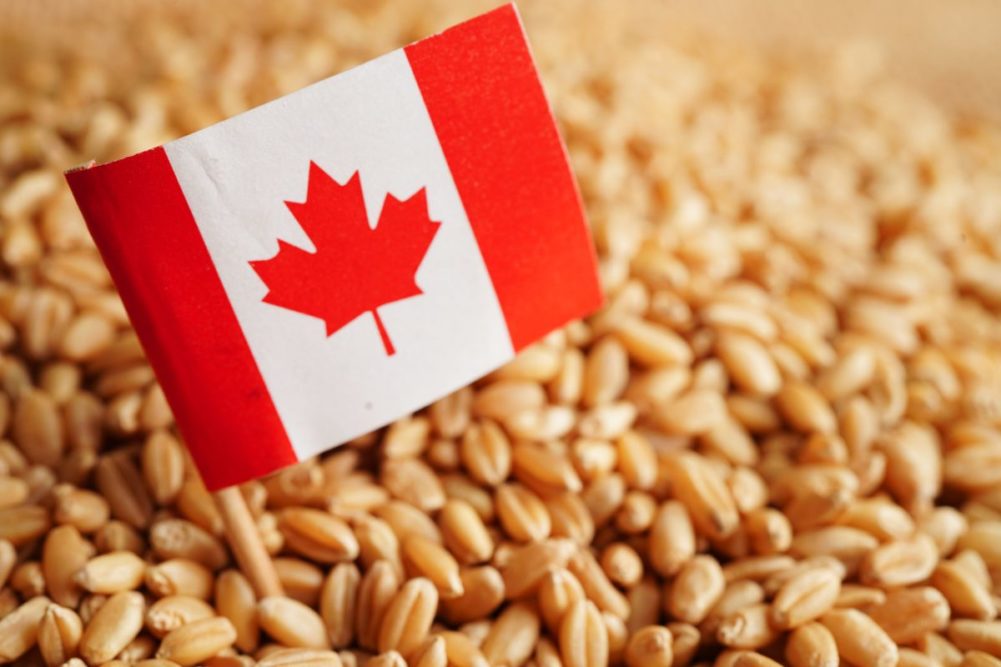OTTAWA, ONTARIO, CANADA — Canada is projected to produce 34.3 million tonnes of wheat in 2024, up 4.1% from 2023, even as overall conditions for all crops generally have been below average for much of the growing season, according to a report from Statistics Canada.
The Sept. 16 publication of the Field Crop Reporting Series is a joint release between Statistics Canada and Agriculture and Agri-Food Canada using satellite technology to model preliminary crop yields and production.
In 2024, Canadian farmers are projected to produce more wheat, oats and soybeans, but less canola, corn for grain and barley compared to 2023. Canada is among the world’s top suppliers of wheat, canola, barley and oats to world markets.
“Across parts of the Prairies, lower-than-average precipitation and prolonged high temperatures have resulted in a decline in crop conditions from the beginning of the season, although conditions were up in some areas compared with a year earlier,” Statistics Canada said.
The increase for wheat is expected to be led by higher yields, which are anticipated to rise by 5.7% to 48.4 bushels per acre, overcoming an expected 1.6% decrease in harvested area to 26 million acres.
Canola production is projected to decrease by 1.1% to 19 million tonnes. The decrease in production is anticipated to be driven by lower yields, which are forecasted to fall by 0.8% to 38.4 bushels per acre, and harvested area is expected to edge down by 0.4% to 21.8 million acres.
Barley production is expected to fall by 14.7% year over year to 7.6 million tonnes in 2024 due to a 0.3% drop in yields to 61 bushels per acre while harvested area shrink 14.3% to 5.7 million acres.
Oats are projected to rise by 14.2% to 3 million tonnes. The increase is anticipated to be driven by a larger harvested area, which is expected to jump by 14.6% to 2.3 million acres, offsetting lower yields, which are projected to fall by 0.4% year over year to 83.6 bushels per acre.
Corn for grain production is projected to fall by 1.6% from one year earlier to 15.2 million tonnes while soybeans are seen increasing by 3.1% to 7.2 million tonnes.



